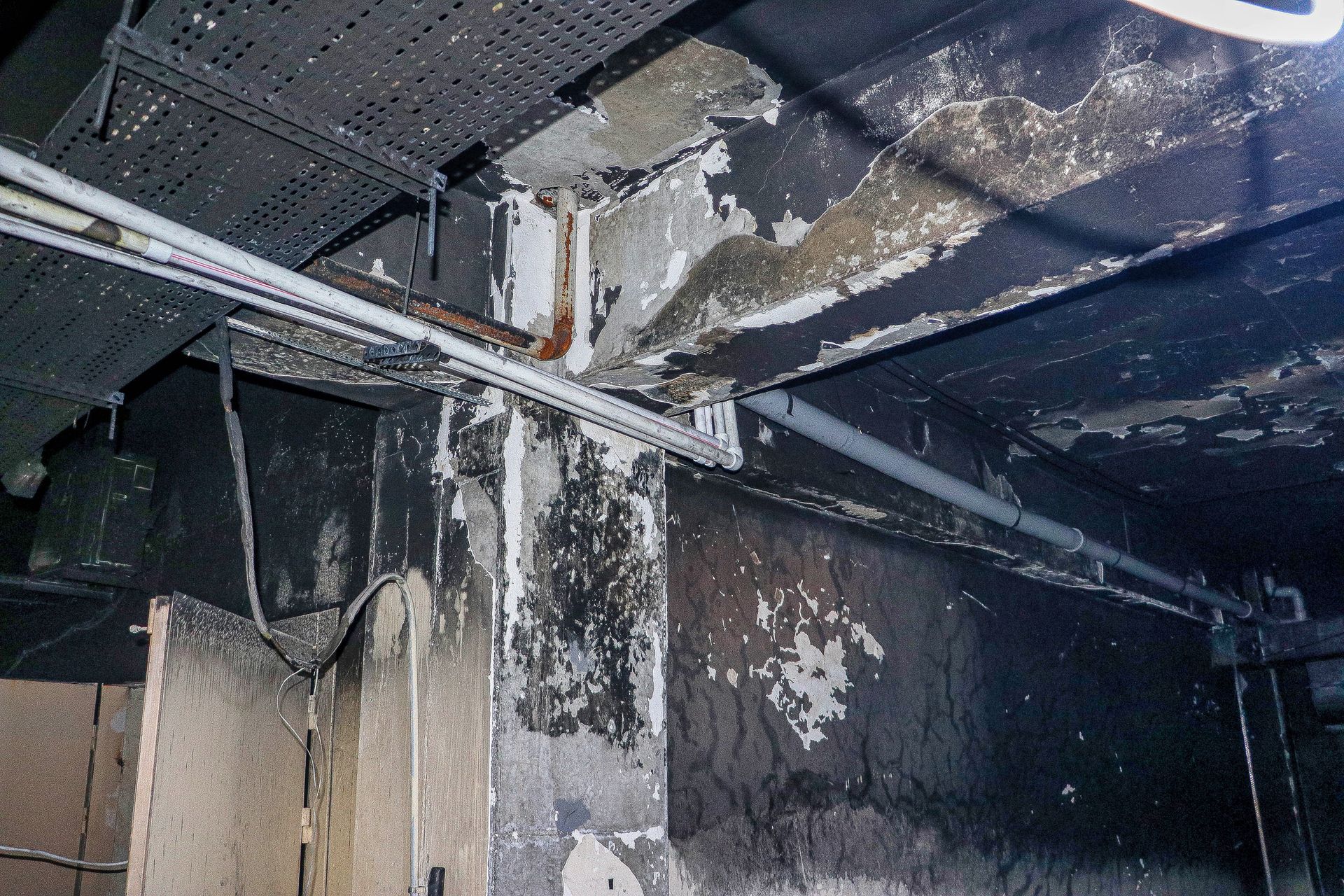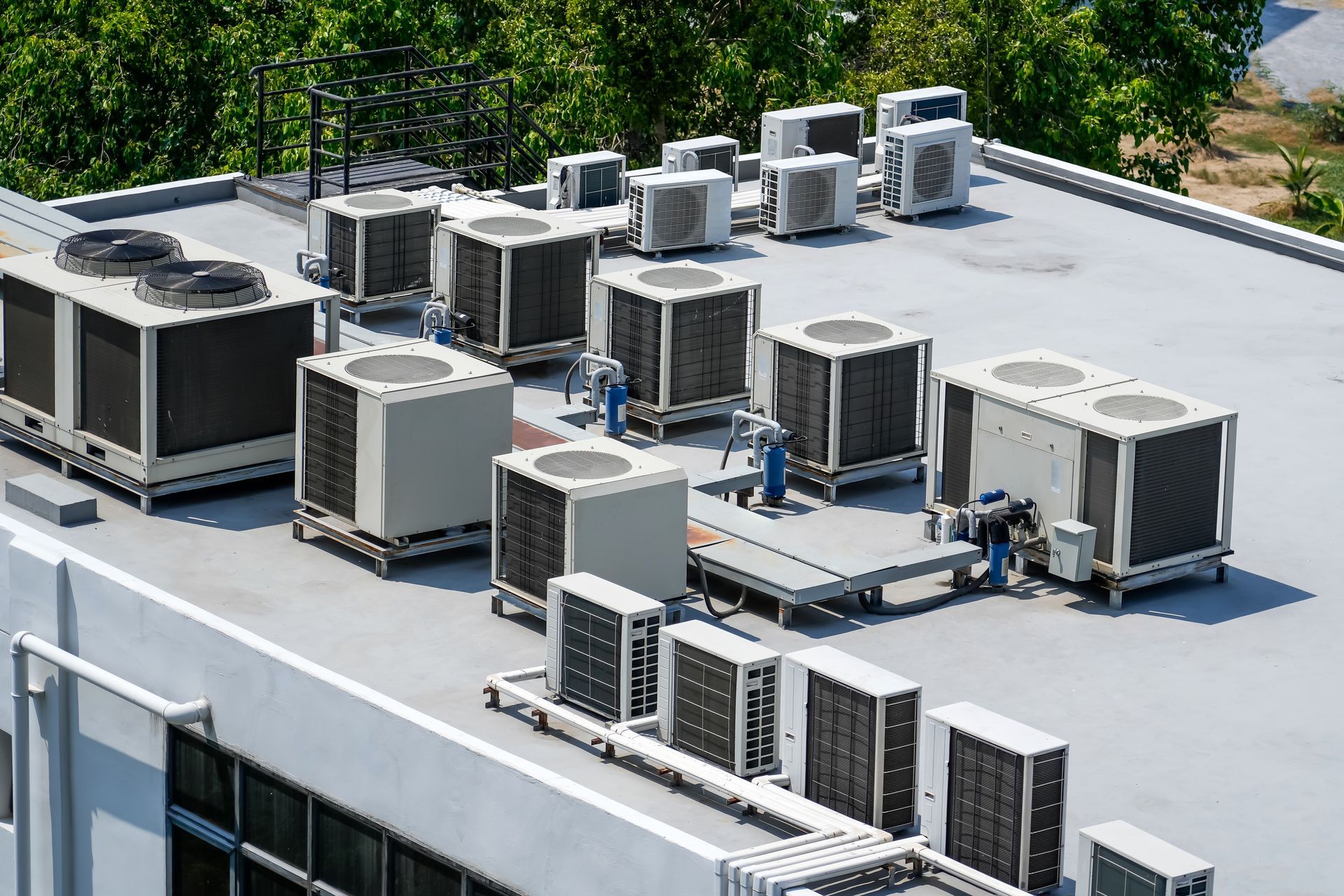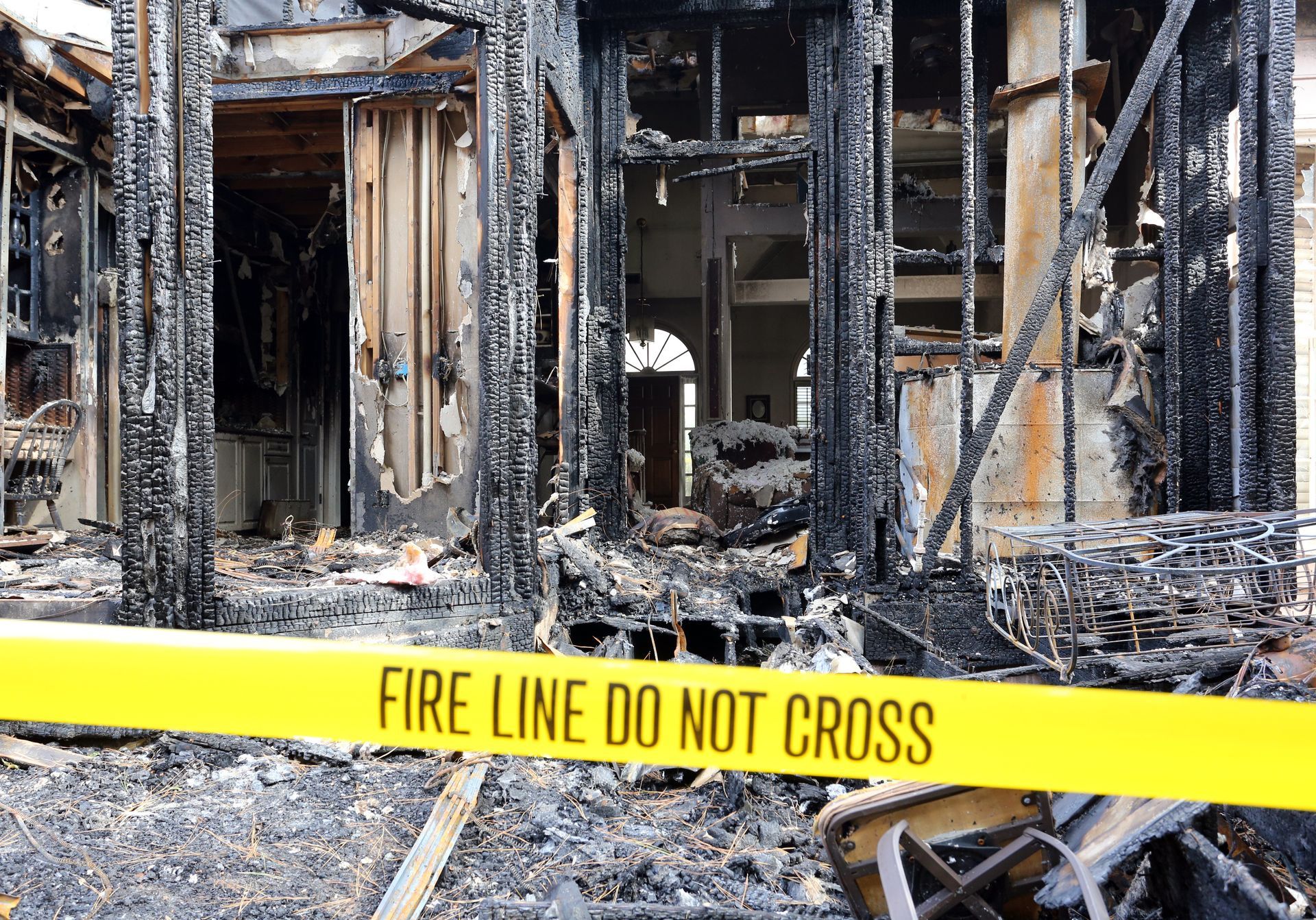The Difference Between Hazmat and Biohazard Cleaning
As a restoration company focused mainly on the commercial sector, we’ve seen our fair share of hazmat and biohazard cleanup situations. While we are experienced and skilled in addressing both, we find that there is often confusion between the two on the end of the consumer. Although many may use the terms hazmat and biohazard interchangeably, the two have very distinct differences.
What is Hazmat?
Hazmat stands for “hazardous material.” These materials pose a risk to anyone who may come into contact with them and require a high level of precaution when handling them. Common examples of hazardous materials include:
- Certain Chemicals
- Asbestos
- Various forms of gases
- Radioactive materials
- Acids
- Poisonous substances
Because these items represent potentially severe health threats, some specific laws and regulations must be followed when handling them. If contamination from hazardous materials occurs, it is absolutely necessary that the area be evacuated and certified professionals are called in for proper removal, cleaning, and decontamination before reentry.
What is Biohazard?
Like hazmat, biohazards also represent a potential risk to the health and well-being of those who come into contact with them. The key difference is that these materials originate from a biological, meaning living, source. Examples of biohazards include:
- Mold
- Bacteria
- Viruses
- Blood
- Saliva
- Any form of bodily tissue (human or animal)
Individuals may come into contact with biohazards in settings such as medical facilities or laboratories. During the COVID-19 pandemic, biohazard cleanup quickly became an essential service. Again, there are detailed regulations mandating how these substances must be handled and disposed of in order to avoid infection or illness of others.
Hazmat or Biohazard Cleaning Services
Guarantee Restoration uses state-of-the-art equipment for all cleaning jobs and follows all OSHA and government-mandated guidelines for cleaning hazardous and biohazardous materials. Our team is constantly furthering our education regarding clean-up and decontamination services and holds many certifications in these areas.

All Rights Reserved | Guarantee Resoration Services





